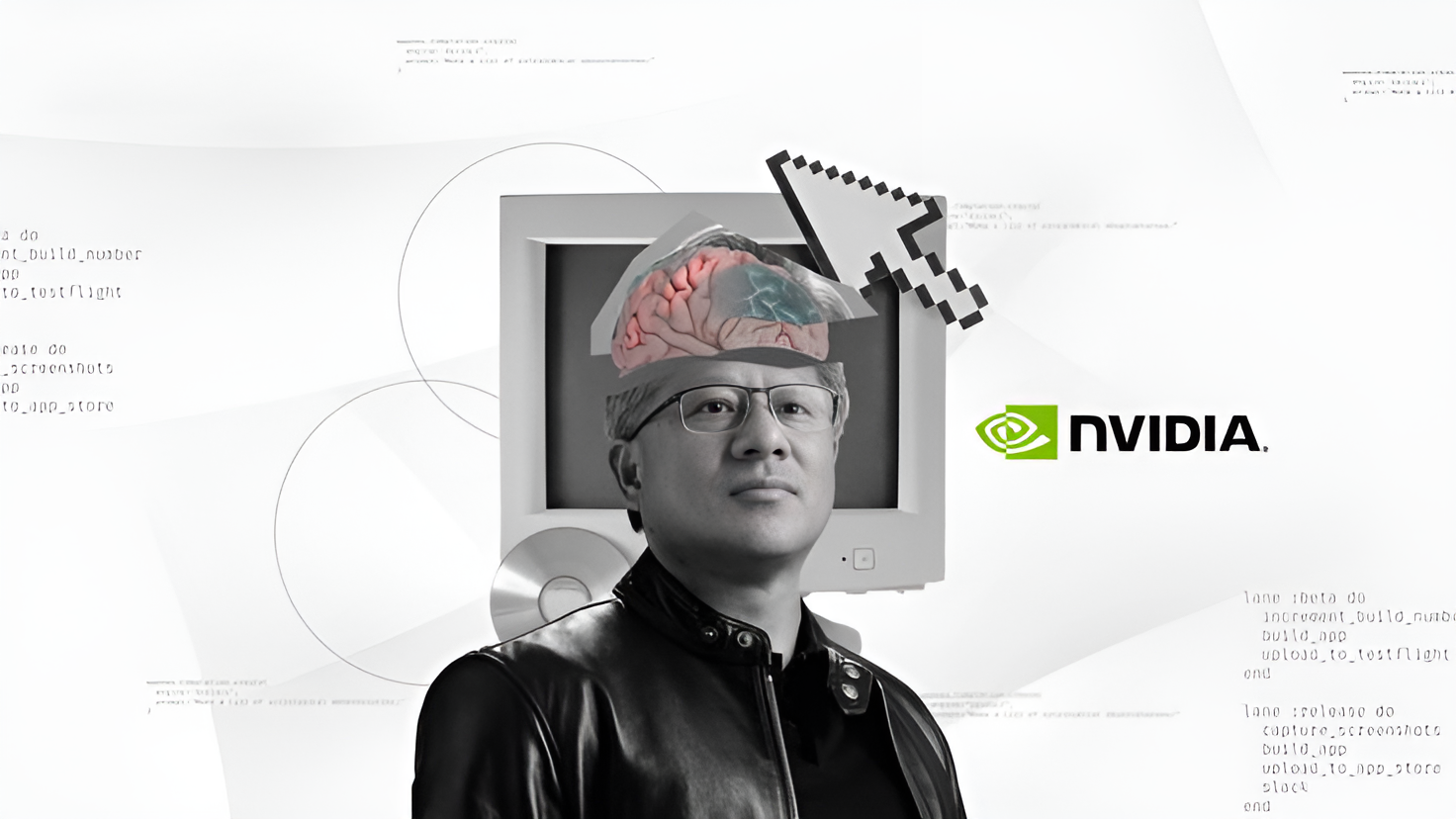The risks of cybersecurity tool sprawl, and why we need consolidation Analysis Report
5W1H Analysis
Who
Key stakeholders include cybersecurity professionals, IT departments, enterprises dealing with cybersecurity, and technology vendors providing these tools. Industry leaders such as CISOs (Chief Information Security Officers) are particularly concerned with these issues.
What
The article addresses the phenomenon of cybersecurity tooling sprawl, where organisations find themselves overwhelmed by the complexity and costs associated with managing numerous, often overlapping security tools. The discussion forms the first part of a series on cybersecurity consolidation, highlighting its necessity.
When
The issue of tool sprawl has been increasingly prominent in the cybersecurity industry over recent years, with this specific discussion being published on 26th May 2025.
Where
While the focus is on global industry practices, organisations in regions with stringent cybersecurity regulations, such as North America and Europe, may experience the pressures of tool sprawl more acutely.
Why
The primary motivations for addressing tool sprawl include reducing complexity, cutting costs, and enhancing organisational security effectiveness. Overlapping tools create inefficiencies and distraction, derailing comprehensive cybersecurity strategies.
How
The article suggests consolidation as a method to resolve the current tool sprawl. This involves streamlining tools and processes, integrating platforms, and adopting more unified cybersecurity solutions.
News Summary
The article highlights the detrimental effects of cybersecurity tool sprawl on organisations, pointing out increased risks and excessive costs. It proposes the consolidation of cybersecurity tools as an essential solution to streamline operations. This move not only simplifies management but also bolsters security postures by reducing vulnerabilities linked to an overly complex system.
6-Month Context Analysis
In the past six months, there has been a growing recognition in the cybersecurity sector of the dangers posed by tool sprawl. Several major enterprises have announced strategic partnerships and mergers among cybersecurity vendors, aimed at creating comprehensive platforms that reduce reliance on multiple independent tools. This trend indicates a shift towards integrated cybersecurity solutions to address overlapping functionalities and inefficiencies.
Future Trend Analysis
Emerging Trends
The push towards consolidation in cybersecurity tools is expected to accelerate, with increased investment in platforms that offer comprehensive coverage. There will be a focus on automation and AI integration to manage these consolidated tools effectively.
12-Month Outlook
In the next 12 months, expect more enterprises to adopt unified cybersecurity systems, resulting in a surge of mergers and acquisitions within the technology vendor space. This will likely lead to a greater emphasis on integrated platforms in cybersecurity offerings.
Key Indicators to Monitor
- Number of high-profile mergers and acquisitions among cybersecurity firms. - Changes in cybersecurity budgets focusing on consolidation. - Development and integration of AI-driven cybersecurity solutions.
Scenario Analysis
Best Case Scenario
Companies efficiently consolidate their cybersecurity tools, leading to reduced costs and improved security outcomes. They gain enhanced visibility over their security environment, better threat detection, and faster incident responses, ultimately protecting their data and assets more effectively.
Most Likely Scenario
Steady progress is made towards tool consolidation with mixed results, as enterprises gradually adapt to new integrated systems. While some cost savings and security improvements are realised, challenges in change management and transition lead to a slower than anticipated full adoption.
Worst Case Scenario
Resistance to change and the persistence of legacy systems hinder the consolidation process, perpetuating high operational costs and leaving organisations vulnerable to complex cyber threats due to unmanaged tool overlap and gaps in functionality.
Strategic Implications
- Organisations need to evaluate their current cybersecurity ecosystems to identify unnecessary overlaps. - There should be a strategic shift towards investing in platforms that offer comprehensive solutions. - Stakeholders must engage in more detailed cost-benefit analyses when planning security budgets. - Vendors should focus on developing solutions that integrate smoothly with existing systems while expanding their capabilities to meet evolving threats.
Key Takeaways
- Organisations must assess and streamline their cybersecurity tool inventories to reduce costs and simplify operations.
- Cybersecurity funding should be realigned towards platforms that offer integrated solutions rather than disparate tools.
- Mergers and acquisitions in the security vendor market are likely to continue as firms seek to provide broader services.
- AI and automation will play a significant role in managing integrated cybersecurity systems effectively.
- Enterprises situated in markets with rigorous cybersecurity norms should prioritise agile consolidation to stay compliant and secure.
Source: The risks of cybersecurity tool sprawl, and why we need consolidation





















Discussion